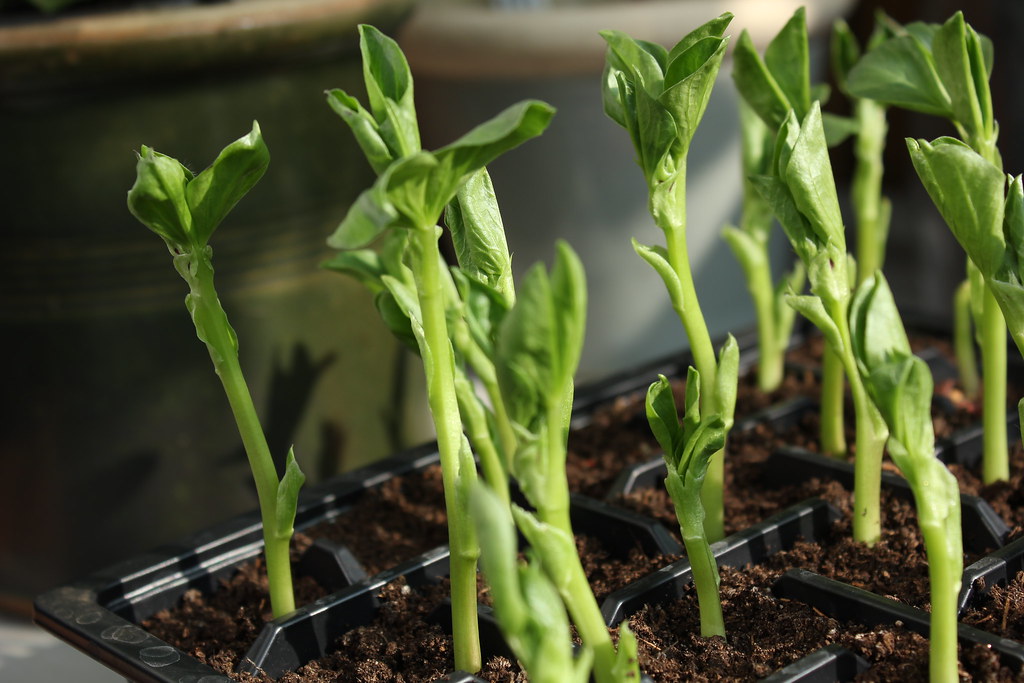 |
| I have a thing for automata and this one was on show at the RHS halls in February |
While I often hanker for the country life, living in London does have its occasional perks. One such is coming up over the next two days with the second of the RHS spring shows - this one is billed as a Spring Plant Extravaganza and includes the RHS Orchid show. There will be talks throughout both days and there's also a sneak peek at the show garden being built for RHS Tatton Park by the Young Designer of the Year. Wowzer!
It's wonderful that the RHS puts on these shows because, no matter what the weather outside, visitors can be cozy and warm indoors, drooling over a selection of the most beautiful plants and getting advice from experienced nurseries and growers. Not to be missed, especially if you have a bit of cash to spend.
This is not to say that non-London folk will be overlooked as it's only a couple of weeks before the RHS spring show in Cardiff, followed by Malvern at the beginning of May and Chelsea (whoop whoop) just three weeks after that. * By which time it will be almost summer. So, plenty to entertain us while waiting for our seeds to grow.
I can't get to this weekend's show (gardening deadlines to meet) but I did make it to the earlier show in February. I went because I knew that Pennard Plants would, as usual, be there with their enormous A-Z selection of seed potatoes plus I needed some more Polka raspberries from them - and why pay postage? I also wanted to pick up some baby chilli plants from the very reliable Sea Spring Seeds; my home-sown chilli plants matured very late last year, giving me just the one fruit, and then died overwinter. I knew that I could pick up healthy little plants at the show and these are now growing steadily on my kitchen windowsill - sorted! Sea Spring also sell an awesome selection of seeds if you want to grow your own salad leaves, tomatoes and chillies, including the infamous Dorset Naga, one of the hottest chillies available - but I think I'll stick to the salad leaves.
Having made my purchases (including some Heritage tomato seeds, again from Pennard, and some more gardening gloves), I was free to wander around the show drinking in the buzz and excitement of gardeners embracing a new gardening year. It's part of the fun, knowing you're among like-minded passionate gardeners and there were plenty of impromptu chats among visitors. There were the usual award winning displays of snowdrops, primulas, hepaticas and iris reticulata (all heart-stoppingly beautiful) but, hey, that was February, we've moved on since then. For a taste of what might be found in today's show, photos in the collage below were taken at last year's spring show.
With so many nurseries and trade stands here, there's always the possibility of picking up a really exciting new plant. I bought the glorious Geum 'Totally Tangerine' from Hardy's Garden Plants here a couple of years ago, the same plant that was all over Chelsea flower show that year. Hardy's are fantastic at putting together stunning and inspirational plant combinations in their exhibit - in fact, Rosy Hardy has a show garden at Chelsea this year. How do I know that? The RHS had put on a large display of the drawings and plans for this year's Chelsea gardens in one of the halls and it looks like it's going to be a corker. More about this in a later post.
So please go along to the show if you can - I want to read about it! The show is on today and tomorrow (1st + 2nd April, 10-5 pm). Venue is the RHS Halls in Westminster (Victoria or Pimlico tube stations) and there's a café on site.
 |
| Totally Tangerine - how could I resist? |
* The Harlow Carr flower show is in June, Tatton Park in July and Hyde Hall is in August. Check out the RHS Events page for more info.















































